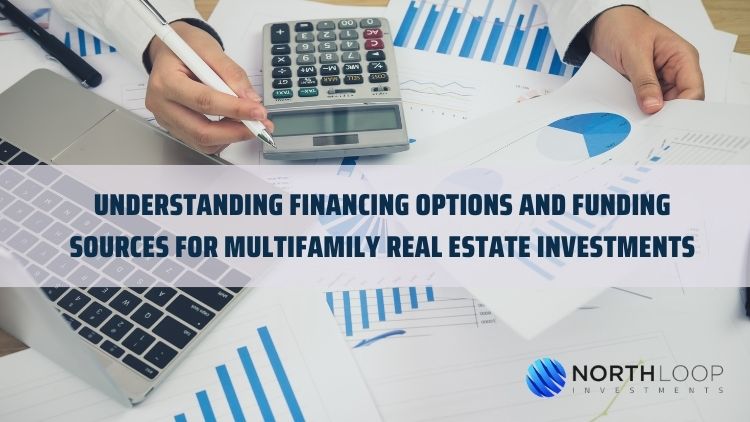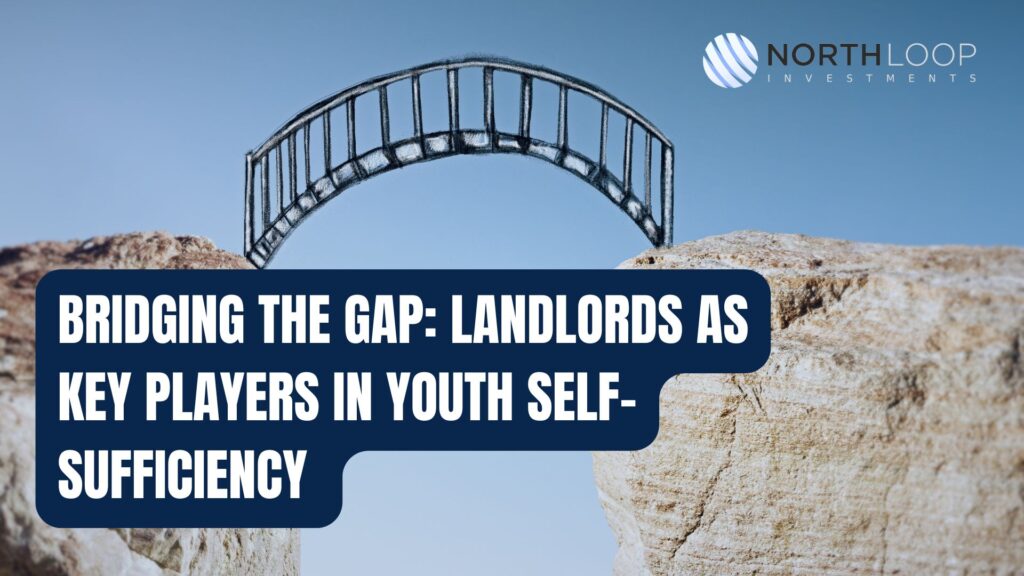Understanding financing options and funding sources is essential for multifamily real estate investments. With numerous financing options available, property owners can secure the necessary funds to acquire, develop, or renovate multifamily properties. In this article, we will explore various financing options and funding sources, supported by data, research, and real-life examples.
- Traditional Bank Loans
Traditional bank loans are a common financing option for multifamily real estate investments. Property owners can secure loans from banks or financial institutions based on their creditworthiness, property value, and income potential. These loans typically have competitive interest rates and terms. Here are some key benefits:
Multifamily properties financed through traditional bank loans accounted for 40% of total multifamily loan originations in the past year, indicating their popularity among property owners.
- Government-Backed Loans
Government-backed loan programs, such as those offered by the Federal Housing Administration (FHA) and the Department of Veterans Affairs (VA), provide financing options specifically designed for multifamily properties. These programs offer attractive terms, lower down payment requirements, and insurance against default. Here are some advantages:
Government-backed loans accounted for approximately 20% of total multifamily loan originations in the past year, indicating their significant role in financing multifamily real estate investments.
- Private Lenders and Hard Money Loans
Private lenders and hard money loans are alternative financing options for multifamily real estate investments, particularly for those with unique circumstances or credit challenges. Private lenders offer more flexibility and quicker funding compared to traditional bank loans. Here are the advantages:
Private lenders and hard money loans accounted for approximately 15% of total multifamily loan originations in the past year, highlighting their relevance in the financing landscape.
- Syndication and Crowdfunding
Syndication and crowdfunding platforms provide opportunities for property owners to raise funds from multiple investors to finance multifamily real estate investments. These platforms offer a collaborative approach, pooling resources from individual investors to fund the project. Here are the benefits:
- Seller Financing and Creative Options
Seller financing and creative financing options provide additional flexibility for multifamily real estate investments. Seller financing involves the property owner acting as the lender and providing financing to the buyer. Creative options, such as lease options or partnerships, offer alternative structures for funding the investment. Here are the advantages:
Conclusion
Understanding financing options and funding sources is vital for successful multifamily real estate investments. Traditional bank loans, government-backed loans, private lenders, syndication, crowdfunding, seller financing, and creative options offer various pathways to secure the necessary funds. By leveraging these financing options, property owners can capitalize on investment opportunities, achieve positive cash flow, and build a successful multifamily real estate portfolio.







